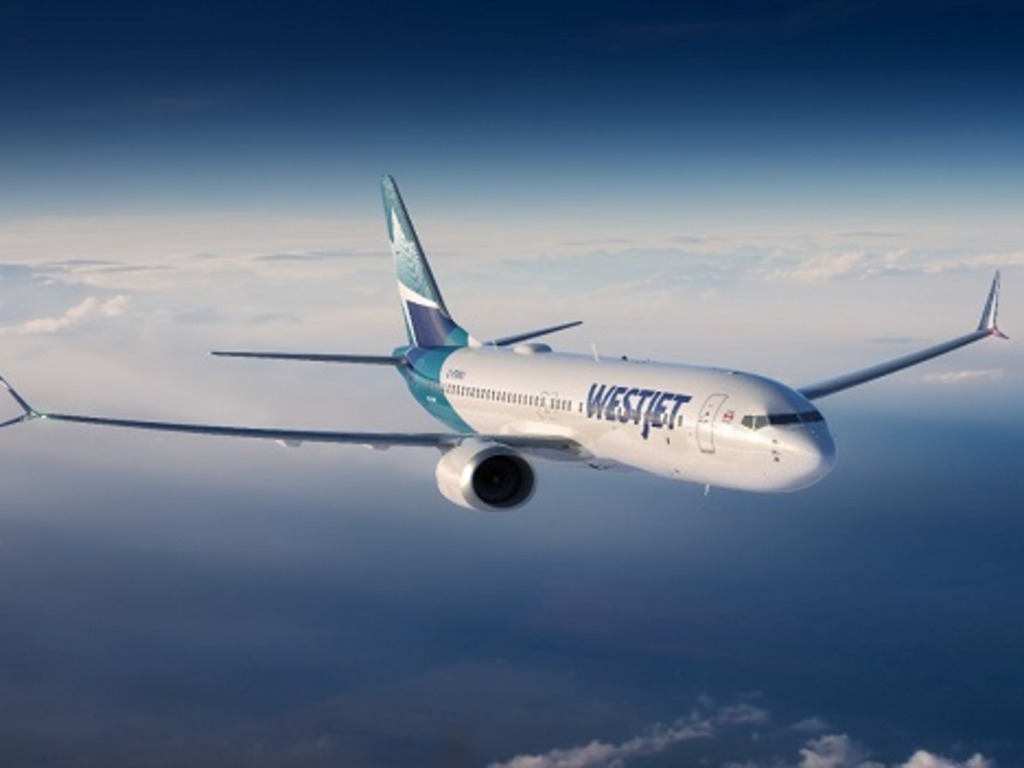A Losing Proposition

IATA has released a revised outlook for airline industry performance in 2020 and 2021; advising that “deep” industry losses will continue into 2021, even though performance is expected to improve over the period of the forecast.
- A net loss of $118.5 billion is expected for 2020 (deeper than the $84.3 billion forecast in June).
- A net loss of $38.7 billion is expected in 2021 (deeper than the $15.8 billion forecast in June).
Performance factors in 2021 will show improvements on 2020; and the second half of 2021 is expected to see improvements after a difficult 2021 first half. Aggressive cost-cutting is expected to combine with increased demand during 2021 (due to the re-opening of borders with testing and/or the widespread availability of a vaccine) to see the industry turn cash-positive in the fourth quarter of 2021 which is earlier than previously forecast.
Alexandre de Juniac, IATA’s director general and CEO, said: “This crisis is devastating and unrelenting. Airlines have cut costs by 45.8%, but revenues are down 60.9%. The result is that airlines will lose $66 for every passenger carried this year for a total net loss of $118.5 billion. This loss will be reduced sharply by $80 billion in 2021. But the prospect of losing $38.7 billion next year is nothing to celebrate.”
IATA’s boss continued: “We need to get borders safely re-opened without quarantine so that people will fly again. And with airlines expected to bleed cash at least until the fourth quarter of 2021 there is no time to lose.”
The COVID-19 crisis challenged the industry for its very survival in 2020. In the face of a half trillion-dollar revenue drop (from $838 billion in 2019 to $328 billion) airlines cut costs by $365 billion (from $795 billion in 2019 to $430 billion in 2020).
And de Juniac pointed out that: “The history books will record 2020 as the industry’s worst financial year, bar none. Airlines cut expenses by an average of a billion dollars a day over 2020 and will still rack-up unprecedented losses. Were it not for the $173 billion in financial support by governments we would have seen bankruptcies on a massive scale.”


